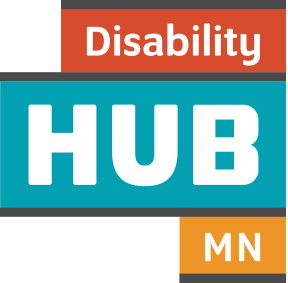Does the youth have good communication skills and any supports needed for communication? Communication skills include writing, speaking, listening and understanding nonverbal cues — with use of augmentative devices as needed.
Youth in Transition Toolkit:
Youth in Transition Toolkit
- Minnesota’s Youth in Transition Framework
- Educate yourself
- Engage families
-
Support youth
- My best life
- In(ter)dependent living
- Employment
- Postsecondary education and training
Employment
Skills for success
Build communication skills
-
- Awareness: Understand appropriate communication skills and the importance of these skills in the work environment.
- Exploration: Identify personal strengths, preferences, interests and needs related to communication.
- Preparation: Practice communication skills at home, school and in the community.
- Implementation: Communicate successfully on the job.
-
Workplace readiness training

LEARN: Develop your knowledge
Learn how to help youth in using communication skills.
-
Communication skills in the workplace include a mix of verbal and non-verbal abilities. Learn more about the importance of communication skills and how to improve them in this article by Coursera.
-
Teaching communication skills: A toolkit for educators (PDF) from the Vanderbilt Kennedy Center provides information about how to help students with autism spectrum disorder and other disabilities improve their ability to communicate. Review tips for initiating, sending, receiving and responding to messages.

DO: Work with youth
Find resources to help youth use communication skills.
-
Soft Skills to Pay the Bills is designed for youth development professionals as an introduction to workplace interpersonal and professional skills. The curriculum is targeted for youth ages 14 to 21 in both school and community environments.

